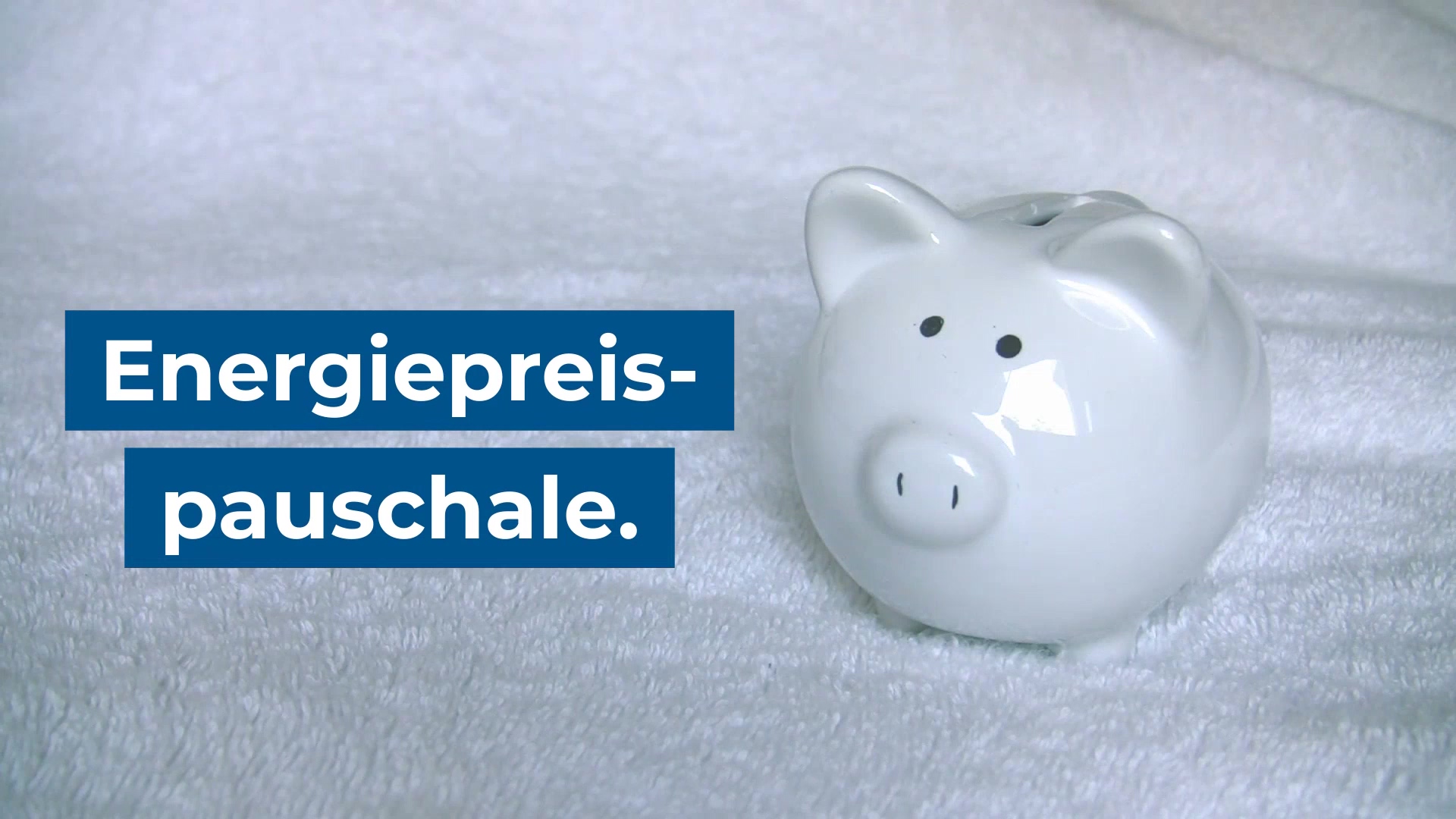Have you also noticed that the first quarter of 2023 has just passed between snowdrops and Easter eggs? In other words: 3 out of 12 months you need to reach your annual goals are already history.
How are you doing with your annual goals now? The best way to check this is to make your tasks and interim goals for the year more clear and tangible through quarterly planning. And check your results regularly. You can find out why this is so here. And obviously how it works best for you.
Why quarterly planning? Isn’t an annual goal enough?
I usually plan my medium-term goals (yes, there can be several if they don’t block each other) between Christmas and New Year. This gives me peace and quiet to think about and I can sort and formulate my wishes and priorities for the coming year without external disturbances. This allows me to gain clarity on my goals: what do I really want to achieve and how exactly do I achieve it within the next year?
But a year is also a damn long period of time. How do I know where I should be when I arrive on December 31st? Do I want to have achieved my goal? It’s hard to keep track of an entire year; you need intermediate steps and intermediate goals.
Define interim goals for each quarter
Intermediate goals (sub-goals on the path to your desired outcome) have three big benefits for your productivity:
- You have smaller units ahead of youthat you can reach more quickly on the path to your goal. Things you definitely need to check from time to time so you can take the next step. The building blocks of your big goal.
- Because these units are more manageable and concrete in terms of effort and time than the larger goal to which they contribute, promote your motivationwork constantly to achieve this goal. It’s easier for you to maintain it instead of getting bogged down. This is very important because many good results are never achieved because we run out of motivation along the way. Short-term gratification is simply more attractive and causes us to move away from our goal. Scrolling Facebook instead of working, just like that!
- Quarterly goals help you every day to establish your priorities and then make the right decision. What possible tasks do you want to complete today because they contribute to your goal? Your quarterly goal shows you what you want to achieve in the near future. This makes it easy to find out what to do each day.
But there’s more!
Are you already doing your quarterly planning? So let’s move on to the debriefing!
If so: Congratulations, you have the best overview of whether you have gotten as close to your goals as possible during this period. To check this carefully and draw conclusions for next steps, it is better to debrief now (i.e. after the last quarter).
What is debriefing and can I do it myself?
Debriefing? The concept actually comes from the project management area. After the project is completed, the project team evaluates
- whether the set objective has been achieved
- how it went in detail,
- what you can take away from positive experiences for your next project
- where there is still a need for optimization
However, debriefing is a technique that you can also use effectively as a self-employed person to gain insight into the last quarter so that subsequent quarters work (even) better. So once this quarter is over, take some time and look back at how you did. Don’t just compare how close you are to your quarterly goal, but go into detail to really benefit from your processes. So ask yourself:
- Did you reach your quarterly goal? If yes:
- How did you do it? What processes accompanied you?
- For example, have you consistently worked on your goal for an hour every morning? Or has your time management tool (Kanban, Bullet Journal, GTD) supported you particularly effectively?
- If you are not satisfied with the result:
- What processes and tools can be improved? And how could it work?
- Which external factors Have you contributed to the fact that your results are not sufficient to reach your quarterly goal? Have you been interrupted often or have you been ill for a long time? Have you misjudged the time you have each day to achieve your goal?
- Which internal factors did they work? Do you get distracted easily or were other things simply more important to you at the time? Was it too tiring to work every day to achieve your goal?
Debriefing will help you if you are honest with yourself.
I just mentioned internal and external factors that may have hindered you in the last three months. This distinction is important because it can help you impartially and efficiently determine what is actually stopping you from reaching your quarterly goal. It is not just a matter of identifying the origin of the problem, but above all of classifying it correctly. Which circumstances and factors can you influence and which cannot?
So think carefully about whether it is really in your power to change the external conditions of your work so that the next quarterly goals can be achieved. Or whether you should simply reduce your workload for each quarter and reduce your annual goal slightly.
So, if perhaps you have been too optimistic with your time planning: adjust your pace to external circumstances as you approach the next quarters. Perhaps this is caused by fewer new customers and lower annual turnover because it is simply not possible to achieve more under the given conditions.
Find the adjustment screws that you can turn in the next quarter
But also recognize whether it was your fault that you didn’t get as far as expected. Without blaming yourself and dragging you down. It’s not about assigning blame, but about your potential personal optimization goal!
Think about where and how you can improve. Maybe you can do more to achieve your goal in the evening? Or you can specifically turn off distractions by putting your phone on silent during this period and leaving only the search engine you trust open (and not YouTube or Insta).
Also examine the tasks that you found essential to determine their importance to your goal. Can you do without it or simply outsource it? Or maybe they will only become important at a later stage of your project and will only take up your precious time?
You can see: With this debriefing you can easily adapt and optimize your quarterly planning: if you are faster than expected, more can be done (or you need less time), if everything didn’t go perfectly, you now have a better and more realistic plan for the rest of the year.
If you don’t have a quarterly plan yet: try it now!
Do you know your annual goals, but are you just getting started without knowing the intermediate steps to success? No problem. You can sign up at any time.
- Divide your goals into four blocks, each with a milestone you want to reach by the end of the quarter.
- Remember that we all like to plan optimistically, i.e. without periods of illness or external influences such as Corona that can slow us down. And we also tend to forget that the working year does not have 365 days, but only about 220 days. After all, there should be weekends and holidays too.
- So set your intermediate goals so you have enough margin for these things.
- Rely on your experiences of the last quarter: how many times have you really achieved the desired goal? Are you as far along as you could be after three months?
- And find out what insights you can draw from your work style and resources. Do you really have two hours a day to work on your goal? Or is it too much after putting your kids to bed? This is especially important if your goal doesn’t fall within your job, but rather a part-time job.
It’s never too late
If you take the decisions you made on New Year’s Eve seriously. If you have derived specific goals from this and are willing to achieve them every day in small steps, quarterly planning helps you keep track of the goal and current status. You can start over at any time. However, it is important to complete each quarter with a debrief to get the most out of your work and discover the potential for optimizing your processes.
It doesn’t matter which tool you use for planning. Written by hand, with Excel or in an app: the important thing is that you use it every day to keep track of your goals and be able to choose your activities based on your priorities.
latest posts published

Are you starting to run? This is how we persevere!

Your time invested profitably every day: What are your EPAs?

Energy flat rate: who is entitled to the 300 euro bonus?

Here’s how companies choose the right solution

Set and achieve goals with SMART

Different working models and employee retention: a connection?

Flexible working hours

Personal Kanban in the notebook: be productive

Reporting for effective workforce management


